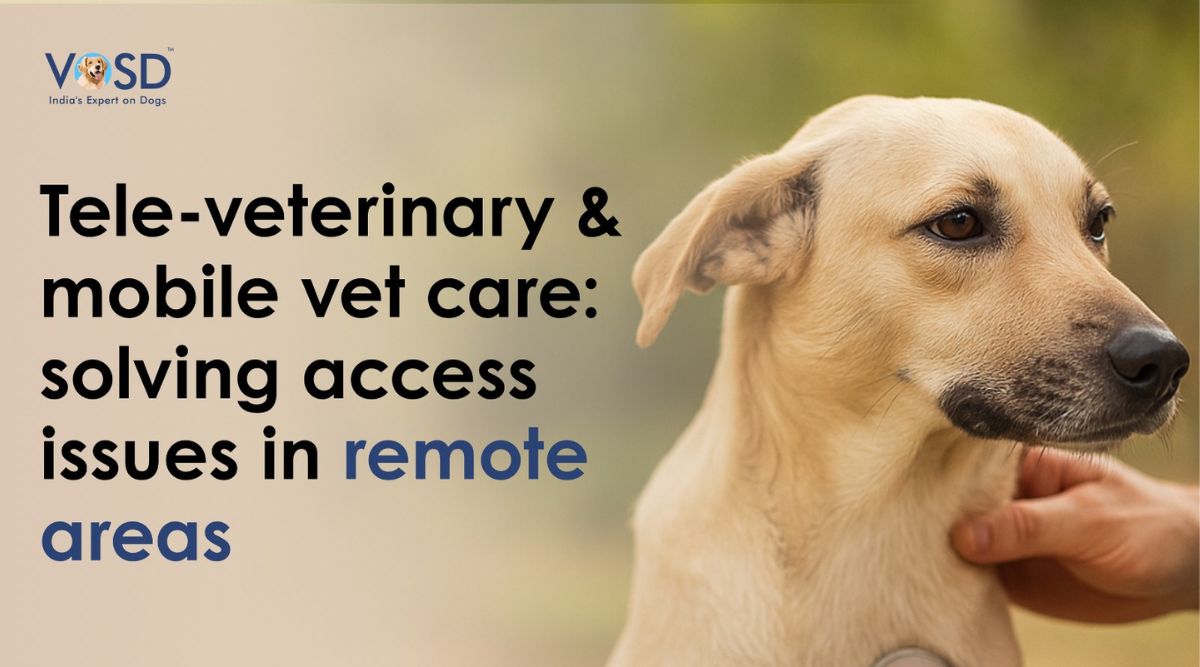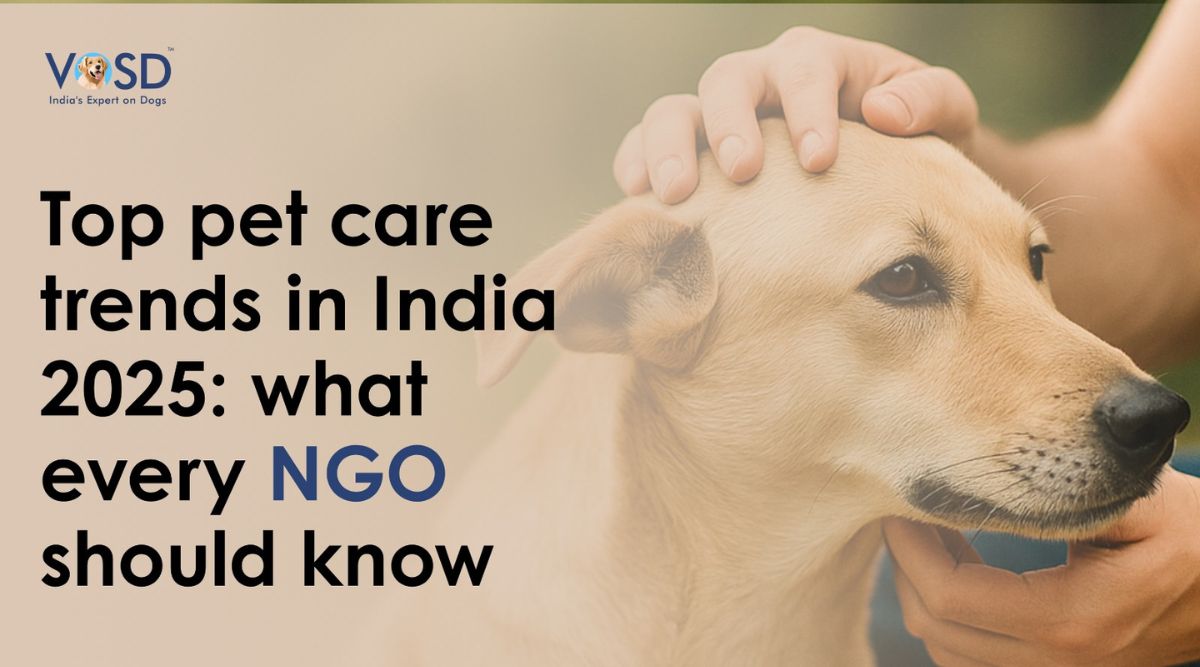When there are similarities between two breeds and a shared ancestry, it is difficult to differentiate between two dog breeds. This is particularly true in the case of Pomeranians and German Spitzes.
Many people confuse the Pomeranian dog breed with the German Spitz dog breed.
Both breeds have descended from the larger sled-pulling breeds from the Arctic and they date back to nearly 6000 years. Both breeds originated from Germany where they were bred and raised for the purposes of herding and being watchdogs. While they have become domesticated enough to be family pets, they retain their watching skills. At first glance, the Pomeranian pup and the German Spitz pup look similar. Their temperament also seems to be quite similar. It is only on closer inspection that you will notice the differences.
Here’s how Pomeranian vs Spitz comparison looks:
Pomeranian vs Spitz Dogs
Historically, the term ‘Spitz’ is generally used to encompass many breeds with heavy coats and are stocky. These breeds also have erect ears, and their tails plume upwards to be carried up their backs. Pomeranians are direct descendants of the Spitz as a toy version.
The German Spitz was first recorded in the 15th Century, from an area called Pomerania. They were primarily used by the poorer people in society and as farming watchdogs. But, in the 18th Century, this breed caught the eye of the visiting nobles and became popular among the nobility. The King of England, George I, had a German wife and she popularized the breed further. There are five different types of the German Spitz: Keeshond (Wolfspitz), Giant (Grossespitz), Medium (Mittel Spitz), Miniature (Klein Spitz), and Pomeranian (Toy Spitz). However, it has become more common to refer to the Medium-sized Spitz when talking about the German Spitz. There was a decline in their numbers at the end of World War I. However, Keeshond was bred with Pomeranians, and the numbers started increasing.
The Pomeranian got its name from Pomerania, and this breed was popular with famous people like Isaac Newton. Pomeranians also became popular during the 18th Century and were preferred by the nobility. Queen Victoria I, came across a Pomeranian that weighed twelve pounds and became interested in creating the smaller Pomeranians. This smaller version of Pomeranians became hugely popular and was entered into the American Kennel Club in 1888.
Size and weight
The Pomeranian is a toy breed of twelve to fifteen inches and weighs only between three and seven pounds. The German Spitz, on the other hand, measures between twelve and fifteen inches from shoulder to paw and weighs anywhere from twenty-four and twenty-six pounds. These measures are the same for both genders.
Life expectancy: How long they live
The lifespan of the German Spitz is around fifteen years whereas the lifespan of the Pomeranian is around sixteen years.
Popular colors
The German Spitz and the Pomeranian have double coats. The outercoat of the German Spitz is coarse and straight, but the undercoat is fluffy. In the case of the Pomeranian, the overcoat has finer long fur making it look like a fuzzball. The undercoat is dense and much shorter. Pomeranians can be of different colours, including black. You can find Pomeranians in eighteen different colours; but, you will find German Spitzes only in eight colours.
Health problems they may experience
The German Spitz and Pomeranian may have a few similar health problems. They may be more prone to knee problems. The German Spitz may be susceptible to hip dysplasia and idiopathic epilepsy, as well. Other health concerns in the Spitz include a high chance of getting cancer, cataracts, glaucoma, and problems with vision. Pomeranians are prone to developing skin problems and may develop alopecia. They need daily grooming to keep the fur clean and dry.
Living condition they prefer
The German Spitz and the Pomeranian are small breeds and perfectly suitable for apartment living. They both need some exercise of at least thirty minutes each day. They like living with a family and children.
Their physical attributes
The German Spitz’s tail is curled to either side, and the Pomeranian’s tail is plumed and set high. Their heads and muzzles are also not similarly shaped. The German Spitz has a longer muzzle, almost half of the skull with triangle-shaped ears always erect and visible. In Pomeranians, the muzzle is only one-third the size of its head and the ears, while always erect, can become hidden among the fluffy fur.
Which one to get?
This depends on many factors. Both breeds, the German Spitz and the Pomeranian are small breeds but very active and playful. Choosing one or the other may be difficult; however, it is a personal preference. With so many similarities between the two and with similar needs, it will be up to you to decide which one you want to bring home.
Your personal preference
Your personal preference may not depend on the similarities or the differences between the German Spitz or the Pomeranian. Instead, you may be choosing the dog on instinct and your personal likes. You can’t really go wrong with either choice as long as you are committed to loving and caring for the dog for the rest of its life.
Living condition you can offer
Before bringing home a dog, you must carefully evaluate the living conditions you can offer. This is especially true if you are living in an apartment or condominium. The size and space of your home will help you decide on the dog breed. The German Spitz and the Pomeranians are small and can be happy in small areas. They are friendly dogs and will become anxious if left alone for too long. Therefore, your availability in their presence will also need to be considered along with the physical space.
What kind of time and care you can spare?
Temperamentally, the German Spitzes and the Pomeranians are intelligent, energetic, friendly, and playful. They like being around people and can be extremely social animals. This means that they would need your time and attention. This is one of the aspects that need careful thought from you before you bring either of these two breeds home. Both breeds need to be exercised, or they will become bored and destructive indoors. They have a lot of energy, and it needs to be expended through exercise.
Can’t get a dog? How about sponsoring one!
Love dogs? Care about their well-being? Why not sponsor a dog?
VOSD has performed 8000+ dog rescues and has an intake of 200+ dogs each year. These dogs are mostly abandoned, injured, and in need of love, rehabilitation, and treatment. VOSD is the world’s largest no-kill dog sanctuary. At VOSD, you can show your love for dogs and concern for their well-being by simply sponsoring a dog virtually.
Why should you sponsor a dog at VOSD?
Being a no-kill dog sanctuary, VOSD has a number of dogs with varying needs. Each one of them needs love and attention from the entire team. From dogs traumatized by accidents to those who have been victims of abuse and cruelty, we rehabilitate all kinds of dogs and help stray dogs live a life of dignity. We need your help in continuing our work and providing the same sanctuary for more such dogs in need.








